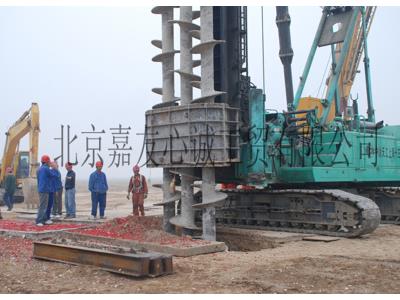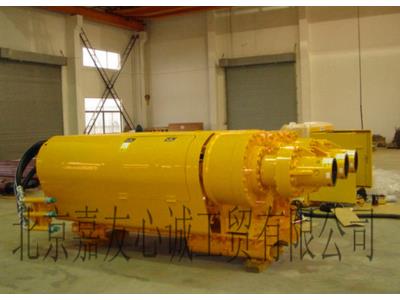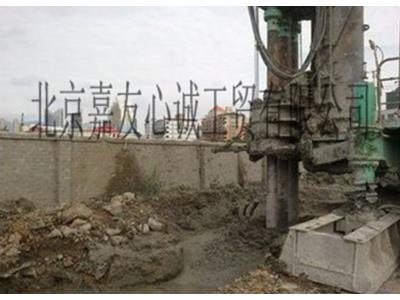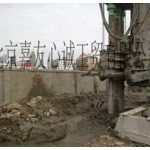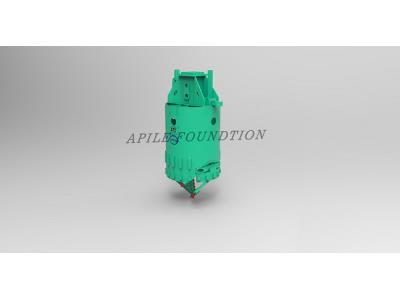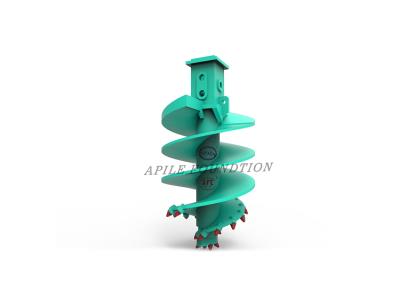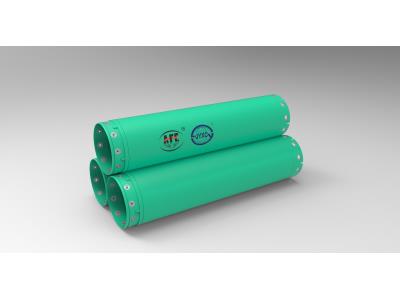OEM ODM Three Mixing Power Head
Description
Three Mixing Power Head is an innovative solution utilizing the SMW method, also known as the strength of cement-soil piles method. This advanced technique involves pushing H-steel into soil-cement piles to create an enclosure wall that supports substantial loads while effectively preventing water penetration. The construction technology, technical points, and control measures associated with the SMW pile are designed to enhance structural integrity and minimize environmental impact.
The SMW method stands out due to its minimal disruption to the surrounding environment. It significantly reduces soil disturbance, preventing hazards such as ground subsidence, tilting buildings, and compromising underground facilities. Furthermore, this method occupies only 60% to 80% of the space required by traditional construction methods, thereby protecting nearby structures and infrastructure.
Key features of the SMW method include:
- Minimal Environmental Impact: Reduced soil disturbance and hazards to surrounding structures.
- Reliable Pile Quality: Utilizes three-axis mixing drill technology for optimal soil mixing, enhancing pile strength.
- Effective Water Management: Continuous construction process ensures uniform mixing of cement-soil, resulting in high compression and shear strength.
- Cost Efficiency: Lower project costs and rapid construction progress, with the ability to reach over 390m per pile.
Specifications
| Attribute | Details |
|---|---|
| Method | SMW (Strength of Cement-Soil Piles) |
| Environmental Impact | Minimal soil disturbance, low risk of hazards |
| Construction Efficiency | 60%-80% space utilization compared to traditional methods |
| Pile Depth | Over 390m |
| Water-Cement Ratio | High for optimal mixing |
| Permeability Coefficient | Up to 8 x 10-7 cm/s |
Additional Information
For optimal results, ensure proper site preparation and monitoring throughout the construction process. This method not only enhances structural integrity but also significantly reduces overall project costs and labor requirements.
